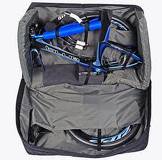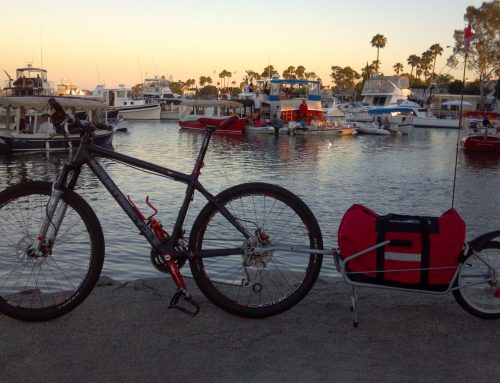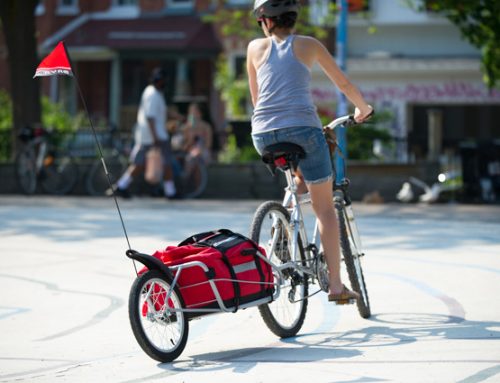If your wheels must take wing, be prepared to pay for the privilege. Consider this your field guide to navigating everything from the ticket counter to baggage claim when you fly with a bike.
 Be prepared to pay. That over-sized piece of baggage is going to cost you. Most airline fees fall in the range of $50 to $200 each way and Frontier Airlines is one of the few that’s waved its bike fee. Before you fly with a bike, check the airline’s policy and ensure that your packed bike case doesn’t exceed weight or size limits. If you’re flying domestically and your bike tab exceeds your plane ticket, look into shipping the bike instead. It may save you some money and hassle.
Be prepared to pay. That over-sized piece of baggage is going to cost you. Most airline fees fall in the range of $50 to $200 each way and Frontier Airlines is one of the few that’s waved its bike fee. Before you fly with a bike, check the airline’s policy and ensure that your packed bike case doesn’t exceed weight or size limits. If you’re flying domestically and your bike tab exceeds your plane ticket, look into shipping the bike instead. It may save you some money and hassle.
Disguise your bike. Many cyclists reportedly bypass a bike fee by avoiding the dreaded “B” word unless asked specifically. Others were successful when they reported carrying “sports equipment.” Some of today’s soft cases don’t look as obvious as the plastic ones. If you have to go traditional with your case, try to at least avoid plastering it with a dozen bike related stickers or approaching the ticket counter with a helmet dangling from your backpack. Smile, be nice to the ticketing agent and keep your fingers crossed.
Pack smartly. In the event that your bike case is searched, you should avoid keeping loose parts or tools in the case. These can easily fall out or rattle around. Don’t assume that the case will be handled with care and always pack your bike so it’s securely padded and protected. Wrap your frame and fork with foam pipe insulation for extra padding. Pack your cargo carrier and/or bicycle trailer separately unless your bike bag can accommodate them. Most cargo carriers, bike racks and bike trailers can be disassembled and packed into your checked luggage.
Carry the essentials. Always carry your shoes and pedals with you. Check things like tools to avoid having them confiscated by security and leave C02 cartridges and bike lubricants at home.

For a list of airline bike fees, visit – http://www.airline-baggage-fees.com/sports/bikes/




